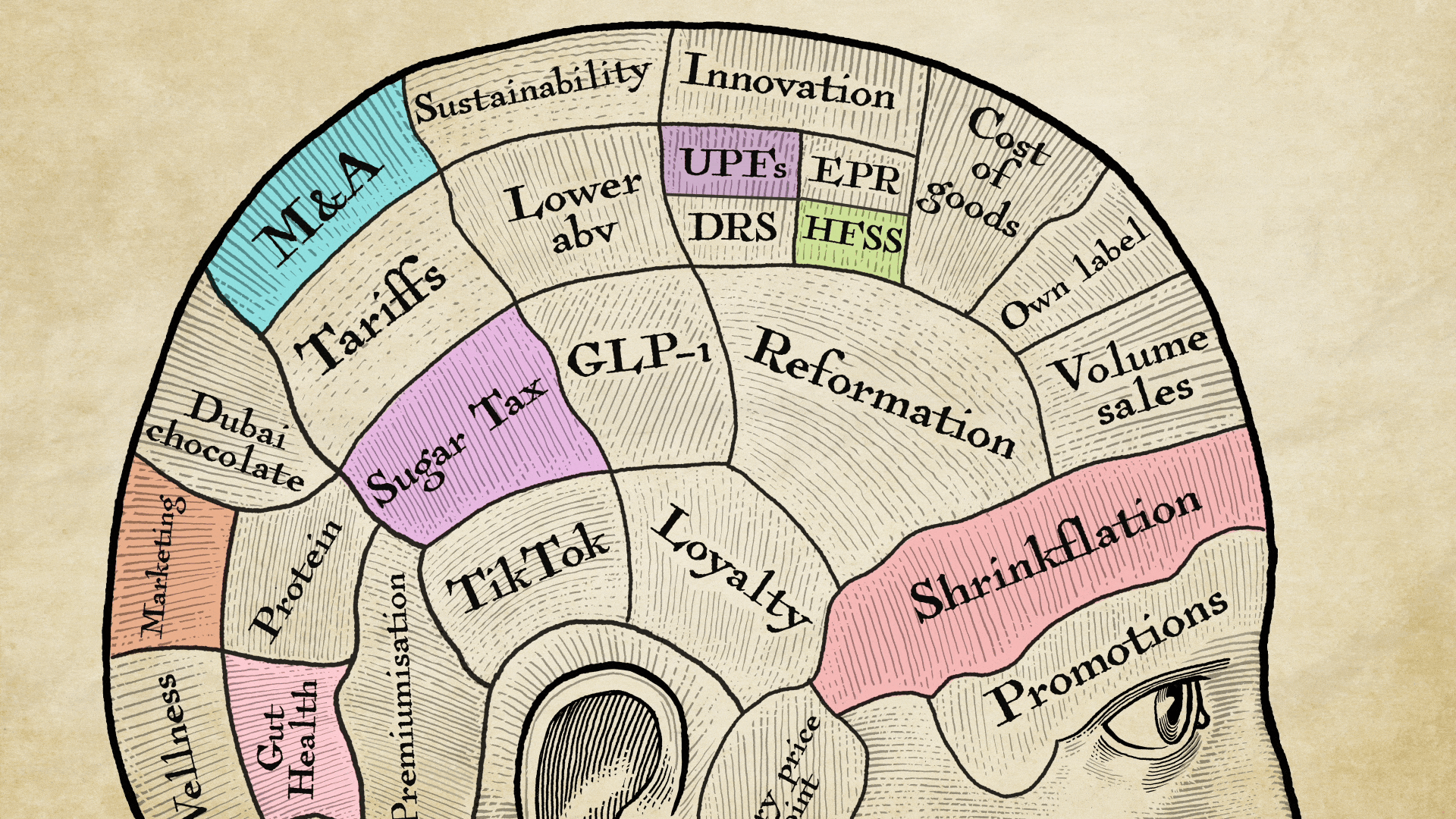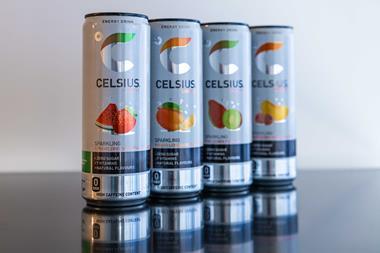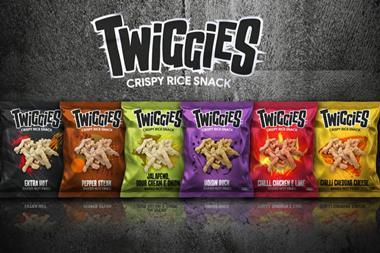
The Competition & Markets Authority has backed government proposals to tighten regulations around how retailers display unit prices, after its research showed consumers generally found unit prices to helpful as a way of identifying value.
Last week the Department for Business and Trade outlined proposals to amend the Price Marking Order 2004 – which sets guidelines for how prices are displayed – following a consultation in response to recommendations made by the CMA following its findings published in July 2023.
It included potential mandates to ensure retailers use consistent measurements to display unit prices, and proposals to set clear legibility criteria for how unit prices are displayed.
On 30 January, the CMA published the findings from a report it commissioned into consumer perceptions and use of unit pricing, alongside a report into how unit pricing is reflected across a basket of groceries.
The publications form the latest stage of the CMA’s review into unit pricing, as part of its ongoing investigation into fairness and competition within the grocery sector that began in January 2023. They were released alongside the announcement the CMA would begin its controversial investigation into supermarket loyalty prices.
The research, which looked at the shopping habits of 50 people, found the use and understanding of unit pricing varied greatly across customer groups. Half of those surveyed said they used it as a means of comparing value between two comparable products or different pack sizes.
Tellingly, those who had an awareness of the pricing measure had generally gathered that knowledge from family and friends – rather than retailers – and agreed it was a useful measure to identify value.
In the context of the cost of living crisis, the report found customers were generally turning to unit pricing more often as a means of identifying the best price. However, and “importantly” said the CMA, customers on the lowest incomes were no more likely to rely on unit pricing than customers with higher incomes. Financial pressures were also not found to be a significant driving factor of whether a customer used unit pricing while shopping.
Customers were more likely to use unit pricing when comparing the price of cupboard staples like beans and milk. Less so for products perceived as luxuries or treats or when shopping for fresh fruit and veg.
A guide to identifying unit prices
In a separate piece of research alongside the study of consumer behaviour, the CMA also examined the impact of unit pricing across a basket of 26 household staples including beans, cheese, toilet roll and milk. The aim was to question whether a preconceived ”rule of thumb” – for example the perception that bigger pack sizes offered better value – were consistent with what was found on shelves.
Critically, it found such perceptions “don’t always hold true” if consumers rely on them when assessing price. Examples included the fact that pack sizes could differ across different retailers. Promotions and multibuys could also skew a customer’s ability to identify the best value product, with the CMA identifying some examples in which the unit price of a product included in a promotion was more expensive than an alternative product not included.
The findings led the regulator to repeat calls for retailers to apply unit pricing more constantly and boldly across stores, in order to help customers find the best deals on shelves. The CMA also called for retailers to improve the “functionality” of websites to better display unit prices while shopping online.
“Food prices have risen over 27% in the last two years and everyone is on the lookout for ways to save money on their grocery bills,” said George Lusty, senior director for consumer protection at the CMA.
“Unit pricing – that small text underneath the main selling price – is a great way to compare brands and sizes to make sure you’re not spending more money than you need to on groceries.
“There is still work to be done to ensure shoppers are getting the most out of unit pricing, including consistent product measurements and clear and upfront pricing. So it’s good news the government has accepted the CMA’s recommendation to strengthen the law in this area,” Lusty said.
To support the findings, the CMA has published a short guide to help shoppers better apply and use unit pricing when shopping. The regulator is set to release a further update later this year.



















No comments yet